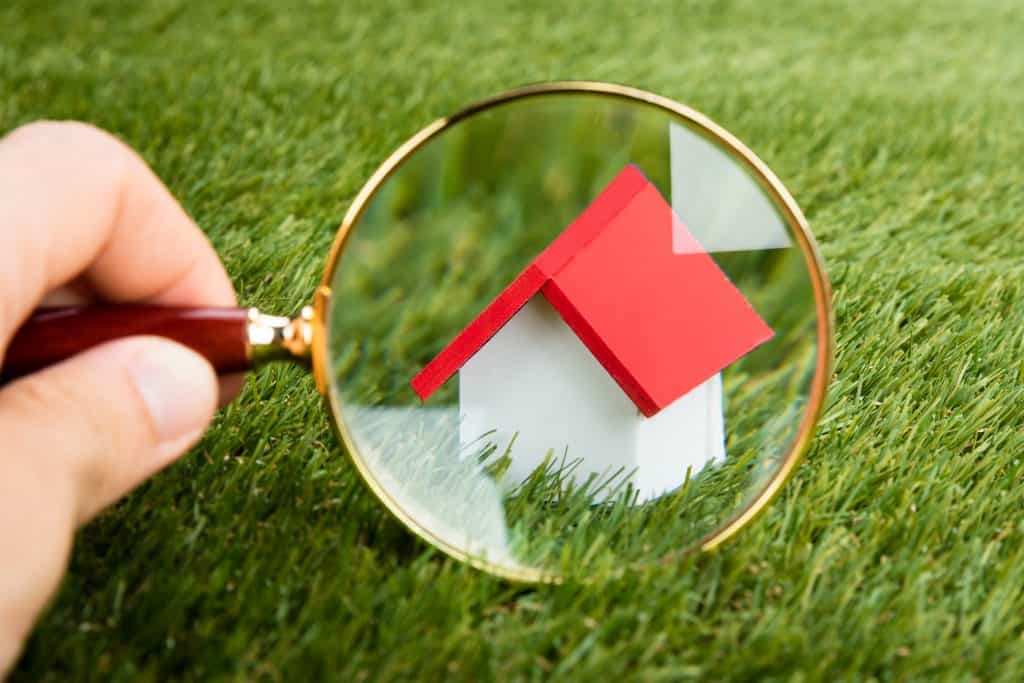What is involved in a physical inspection?
Where appropriate, a physical inspection can be an integral part of the valuation process for a property. It allows the valuer to get a comprehensive evidence base to determine an accurate value on a property. A physical inspection includes:
- a determination of the condition of the property;
- an assessment of complex or hidden attributes;
- measurements of a property if measurements cannot be obtained (i.e. if a floorplan is not available);
- an examination of potential structural and pest issues;
- determining if stated attributes of the property is accurate; and
- provides a first person view of the neighbourhood and surrounding areas.
The above elements that can be determined through a physical inspection can have a major impact on the overall value of the property. Unlike a desktop valuation (which as the name suggests can be done without leaving the desk), a valuation which employs a physical inspection in its process is more likely to settle on a more accurate property value. Without a physical inspection, a valuer may overlook significant details that may take or add to the value of a property.
It should be noted that when conducting a physical inspection, a valuer may request to take photos of the property as part of his/her evidence collections process. Further, whilst it is not imperative that the property is impeccably tidy, ensuring unencumbered access of areas in the property will save time during the inspection process.
Should I Elect for a Physical Inspection for my Property Valuation?
It should be noted however that not all properties require a physical inspection. Depending on the purpose of the valuation and the risks you want to mitigate, a desktop valuation may be more appropriate as opposed to a valuation that utilises a physical inspection. Some mortgage lenders for instance, may opt for a desktop valuation as it is cheaper, less time consuming and they are happy to assume the risk if the desktop valuation leads to an overstated value. Similarly, some property owners may opt for a desktop analysis as a physical inspection was conducted at a prior date and the property has not changed significantly since then to warrant a physical inspection. To determine whether a desktop valuation is enough or whether a physical inspection is required, a person requesting a valuation should ask the following questions:
- What is the risk of over or under valuing the property? If there is a risk that an inaccurate value could lead to significant monetary losses, a physical inspection may be necessary to acquire an accurate valuation.
- Is the purpose of the valuation dependent on an accurate value? For instance, a valuation for family law court purposes requires an accurate valuation to ensure that there is a fair and just split of assets and therefore, a physical inspection is pertinent to the valuation process.
- Is a desktop analysis capable of determining a “ballpark” value for the property? Some properties possess issues that can only be assessed through a visual assessment.
- Who is the valuation for? Depending on who requires the valuation, they may require a simple desktop analysis or alternatively, may require a physical inspection to ascertain a more accurate value.
- What does my valuer think? A valuer can provide good reasonings as to whether a physical inspection is required or whether a desktop analysis is enough.
Should Things to Consider for a Physical Inspection
It should be noted that when conducting a physical inspection, a valuer may request to take photos of the property as part of his/her evidence collections process. Any photos taken of private properties cannot be redistributed without the consent of the property owner and is used solely for the purposes of evidence gathering.
Whilst it is not imperative that the property is impeccably tidy, ensuring unencumbered access of areas in the property will save time during the inspection process. Any mess in the property WILL NOT be considered against its value, unless it clearly impacts the condition of the property.
Finally, prior provision of a floorplan may help speed up the process of a physical inspection as it allows the valuer a clear idea of what to look for in the property as well as reducing the need for measurements to be taken onsite.

